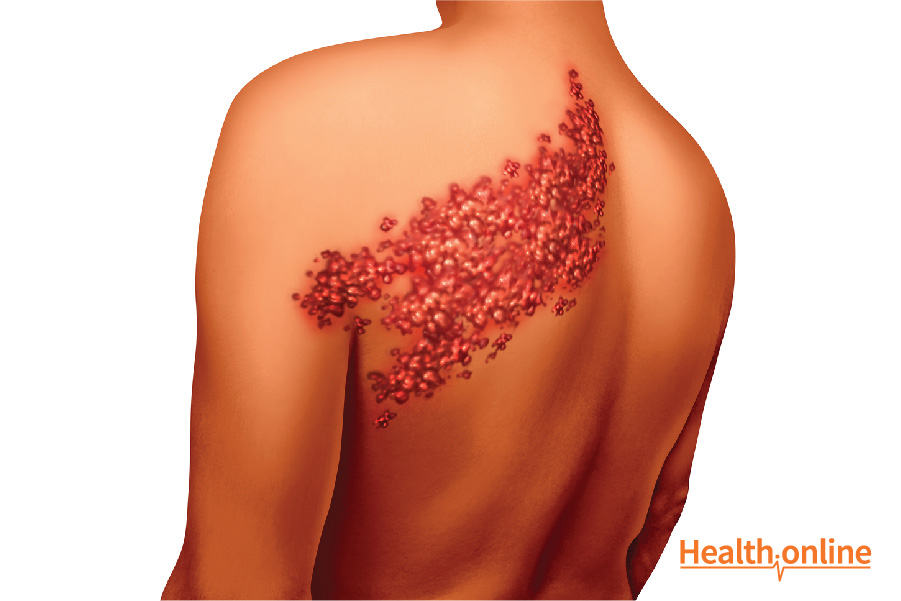
Complications of Shingles
If you suffer from shingles, you need to have medical consultation and receive proper treatment and management. Delayed, insufficient, and wrong management will lead to some complications.
Shingles Complications
Post-herpetic neuralgia (PHN)
Normally when shingles is adequately treated the pain will disappear after the infection clears. If proper treatment was delayed or not administered, there can be residual pain even if the whole course of the disease has passed. This pain could last for more than six months. There is higher risk for residual pain if you have been suffering from diabetes mellitus or HIV infection and you are aged 50 years and over.
PHN chiefly affects the nerves going to the eyes and to the sides of your chest. The pain resulting from PHN is aptly described as severe, intractable, most persistent, sharp, exhausting, and shooting. The involved skin is so sensitive to touch. These pains may persist for months or years and are not always responsive to treatment.
Disseminated zoster
The infection can spread to other areas and adversely affect your heart, lungs, liver, pancreas, joints, and intestinal tract. If nerves are attacked by the infection, you will experience temporary weakness of the muscles supplied by them.
Shingles can attack the nerves arising from your brain, otherwise known as the cranial nerves. If the branches of the trigeminal nerve (one of the cranial nerves) are attacked by the virus, you will experience lesions on your face, in the mouth, in the eye, or on the tongue. You will experience inflammation, pain, and loss of feeling in one or both eyes, and you might go blind if the infection turns out to be severe and unrelenting.
If the branch of the facial nerve (another cranial nerve) is involved by the infection, you will have facial paralysis and lesions on your ear canal and tongue. This is called the Ramsay-Hunt syndrome. You will experience intense ear pain and will notice rash around the ear, mouth, face, neck, and scalp. Muscles which are controlled by the facial nerve may not be able to move. Depending on the severity of your infection you may also experience other symptoms such as hearing loss, dizziness, ringing in the ears, loss of taste, dry mouth and eyes. In addition, the rash may reach and involve the side and tip of your nose, and this is known as the Hutchinson’s sign.
Unexpectedly and worse, you may suffer from stroke because the blood vessels are inflamed and subsequently blocked—be it partially or completely. In addition, scarring and discoloration of the skin may be seen, and bacterial infection of the blisters could take place.




